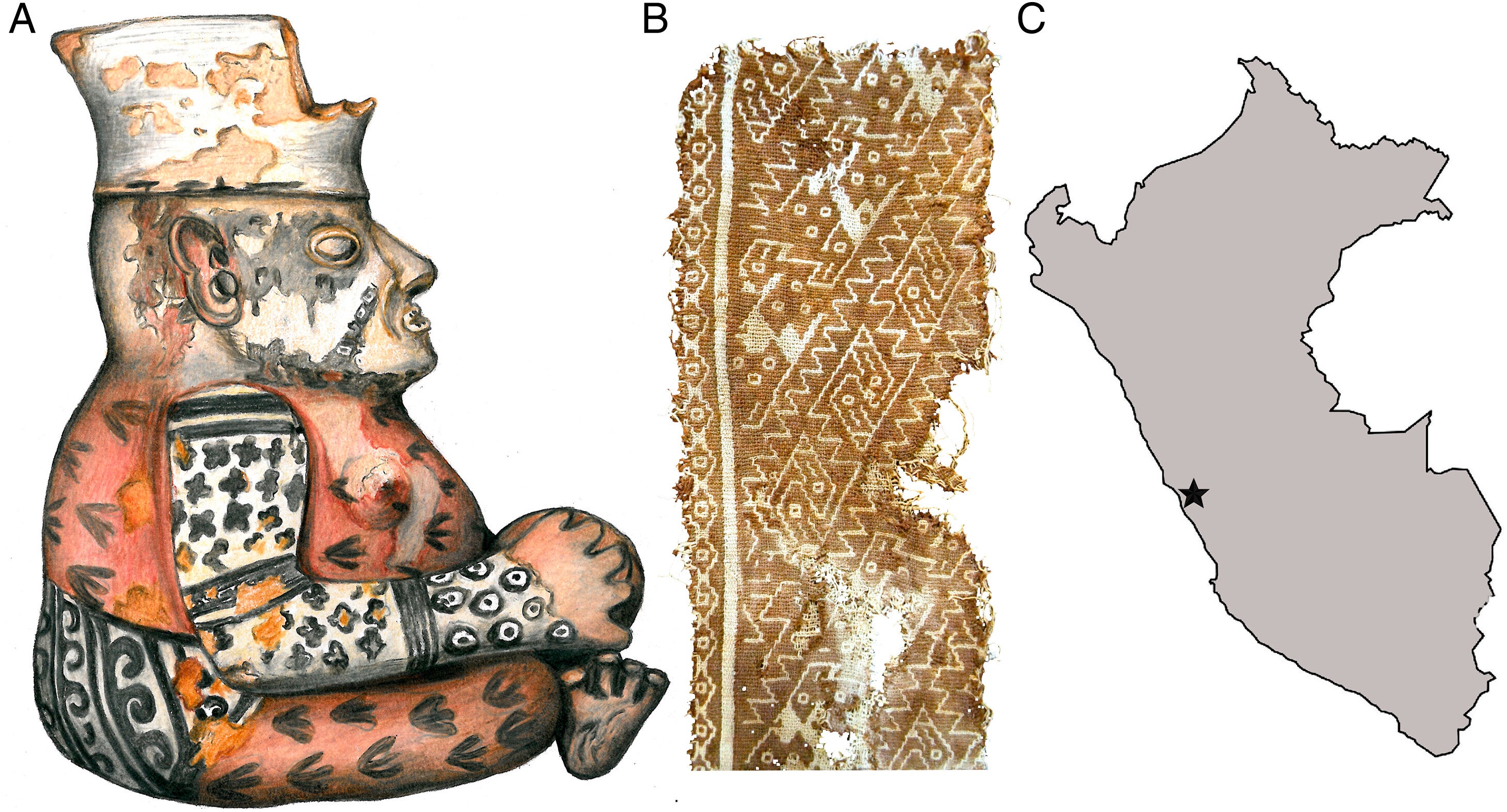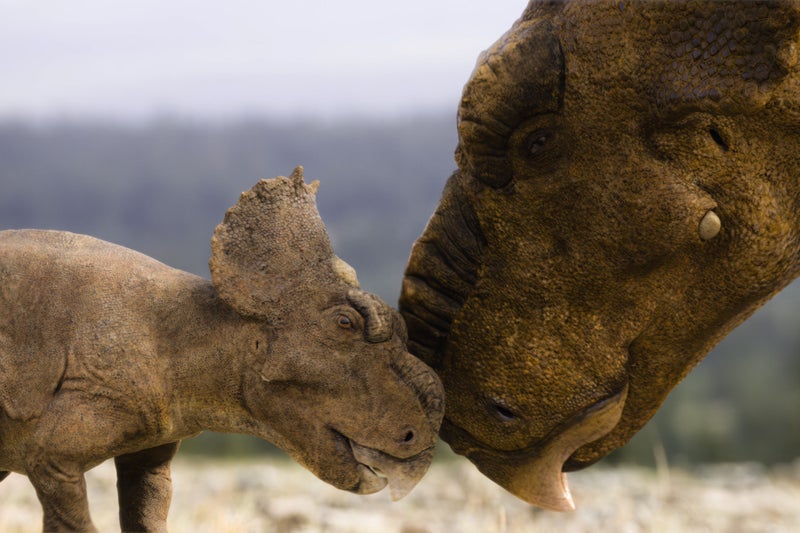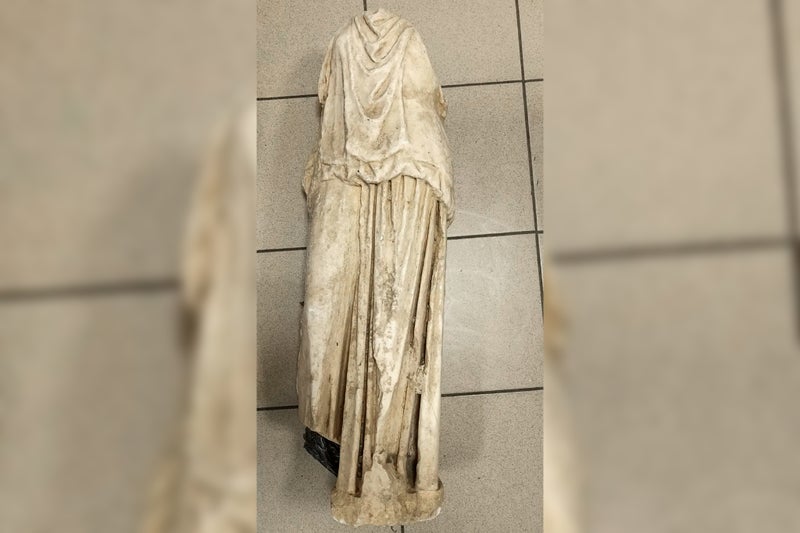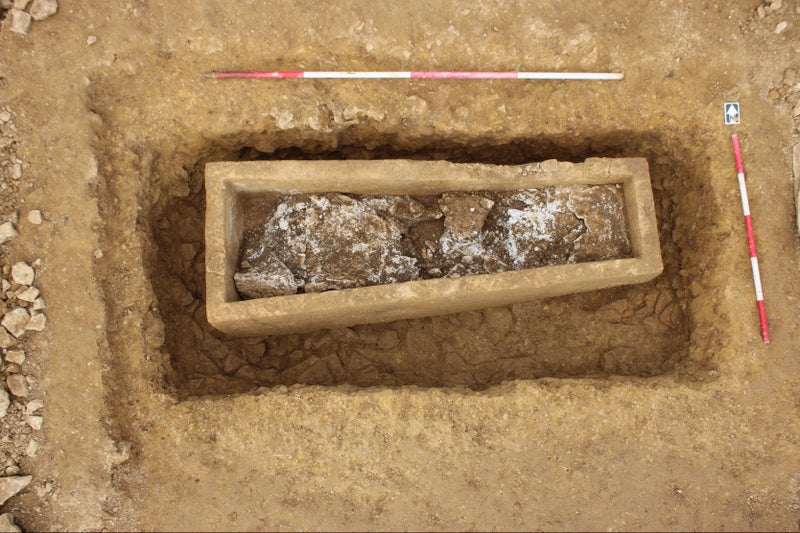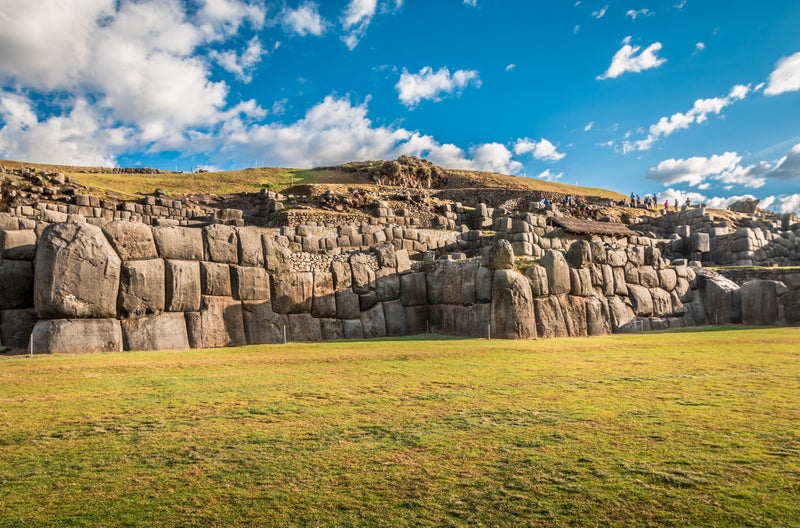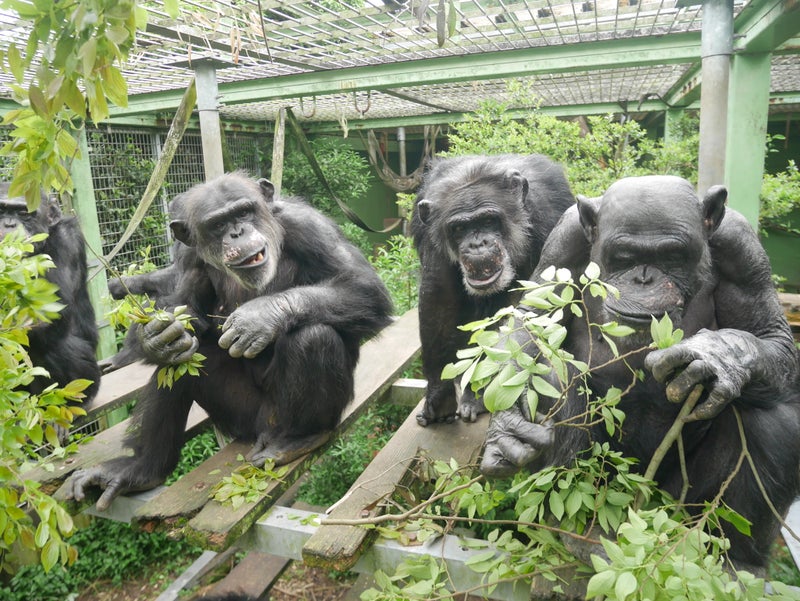Laser scans reveal secrets of mysterious tattoos on 1,200-year-old mummies
Share:
Study expands understanding of artistic development in pre-Hispanic South America. Highly detailed tattoos on Peruvian mummies were made with “special effort” around 1,200 years ago, likely using cactus needles or sharpened animal bones, archaeologists say.
![[Tattoo “scales” on the forearm of mummified human remains under white light and laser scan exposing additional fine detail in the tattoo artwork]](https://static.independent.co.uk/2025/01/14/03/Screenshot-2025-01-14-at-9.25.15%E2%80%AFAM.jpg)
Researchers used laser scans to study the intricate designs on human remains from pre-HispanicSouth America, revealing evidence of a long history of tattooing in the region. The ink used in the tattoos bled and faded with age, further exacerbated by mummification, causing these designs to be difficult to discern.
Scientists used advanced laser scans to study 1,200-year-old tattoos on mummified individuals from the pre-Columbian Chancay culture, which developed along coastal Peru between 900AD and 1533AD. The Chancay, known for their textiles with intricate patterns, “were a small state that could mass produce goods and achieved trade relations with regional cultures, later absorbed by the Inca Empire”, researchers note in a study published in the journal PNAS on Monday.
The new laser technique allowed scientists to make the mummified individuals’ skin glow brightly in contrast with the black tattoo ink. This nearly eliminated the effects of ink bleed and revealed the previously hidden details of the tattoo designs. Scientists inspected over 100 mummified individuals and found four remains with “exceptional tattoos”, including designs of geometric shapes like triangles and diamonds.
